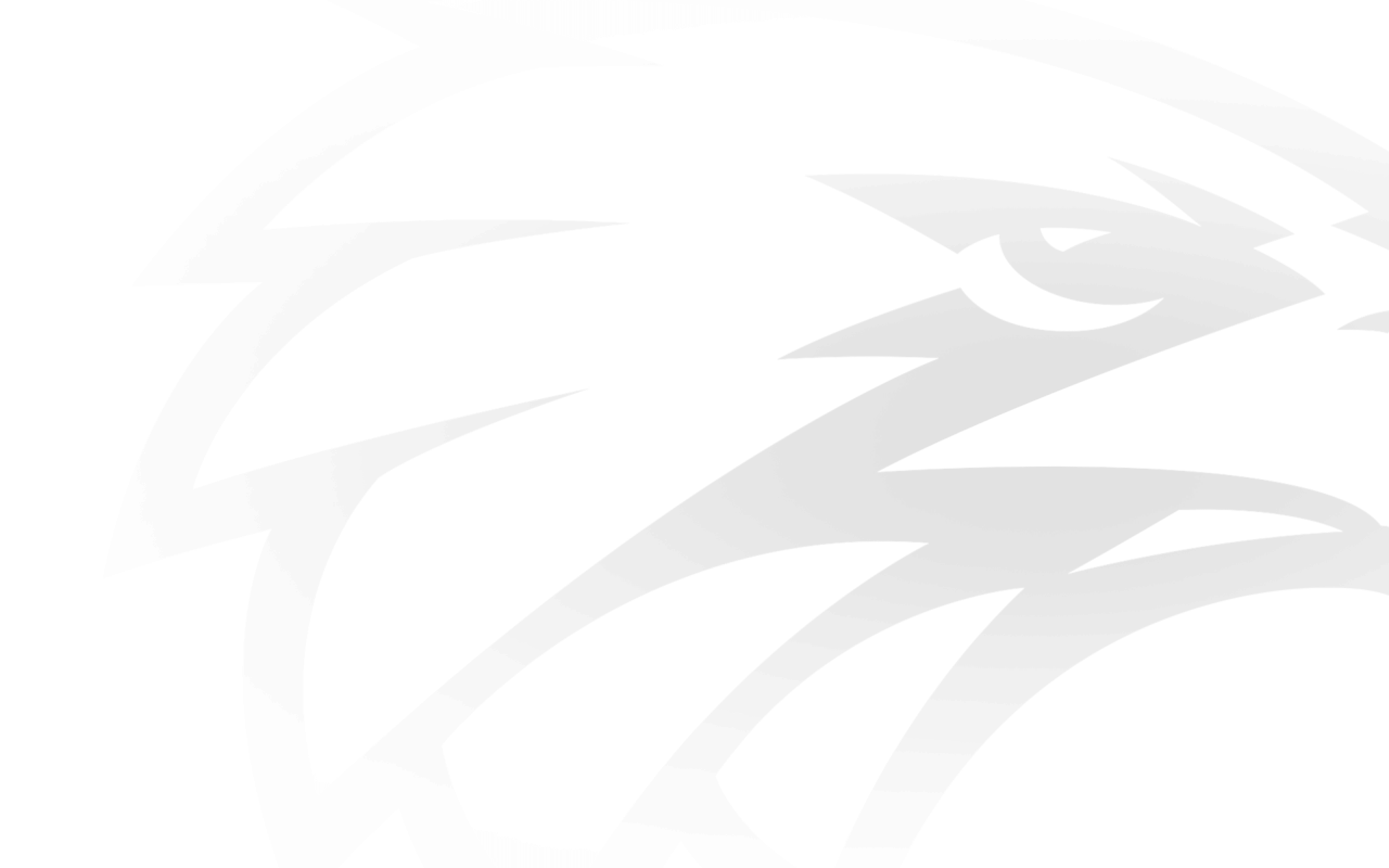Queues of people snaked their way along Subiaco Road curious as to what the day held, rather than harbouring any major expectations. It was the first chapter in a fledgling club’s history and they went out of curiosity as much as in hope.
As umpire Ross Castle thumped the ball into the centre circle many people missed the opening bounce that marked the changing face of football, not just in Western Australia, but in a far broader, national sense.
They quickly learned that the long-standing WA tradition of arriving just minutes before the scheduled start was fraught with danger.
While the official crowd was a relatively modest 23,897, the actual attendance was far greater. The gates were thrown open because the turnstiles could not handle the last-minute crush.
It was March 29, 1987. A time when the two-tier stand at Subiaco Oval was relatively new, there was a shed on the eastern side of the oval and a lovely, sloping grass bank at the city end of the ground.
Spectators sat in deck chairs, lolled about on the plush green landscape, the sea of colour broken only by an ice cream van parked about half way up the hill. It was doing a roaring trade on a stunning autumnal Perth day.
A troupe of dancing girls, The Eaglettes, perched on a platform next to those goals and broke into a choreographed routine every time West Coast kicked a goal. Hollywood had come to football as entertainment cuddled the game.
Regardless of the result it was going to be a watershed day for Australian football. And as it transpired it proved to be that and more as a club thrown so hastily together entered the game’s biggest stage.
It was given just 160 days to evolve from a dream into reality. To become a living, breathing entity, with a squad, a coach, a playing strip and supporters. And suddenly on this day the club took blossom.
That this fledgling outfit should play against one with 80 years of football history behind it, traditional VFL club Richmond, created a wonderful backdrop to a truly landmark moment.
There were a couple of former WAFL stars in that Tiger line-up as well - Maurice Rioli, the former South Fremantle champ, weaved his magic through the midfield while the explosive pace of Claremont’s Michael Mitchell also exerted an influence on the match, Peter Wilson huffed and puffed through half-back and David Palm was as competitive as ever on a wing.
Each time those former Sandgropers gained possession it was greeted disapprovingly by the local throng. And they had plenty of occasions in which to vent their emotions.
The game started with Alex Ishchenko contesting the first bounce with Richmond giant Mark Lee. The ball was pushed into the West Coast defensive area before Phil Narkle was awarded the club’s first free kick. He handed the ball off to teenager Paul Peos, who had the first kick, and a few minutes later Laurie Keene kicked the club’s first goal. It was a day of many firsts.
West Coast played an enterprising brand of football. Strong run out of defence, clean skills going forward and an aggressive approach inside the attacking 50 saw the competition new-comers put the Tigers under immense pressure.
Peos and Chris Lewis were the young guns, Mark Zanotti produced his trademark run out of defence. Narkle, Steve Malaxos, skipper Ross Glendinning and John Annear provided the VFL experience while Murray Wrensted and Don Holmes showed that WAFL class still amounted to something tangible at the next level.
Sadly for Peter Davidson it was a different competition, but more of the same. The classy, but injury-prone wingman, was cleaned up by Palm in the first quarter and never returned, while Adrian Barich also copped one high and suffered a fractured cheekbone.
The first half was pretty even, but the Tigers looked to have the game in hand at three-quarter time when they led by 33 points. The Eagles had lost a little momentum, were struggling to penetrate the Tiger defence and with Neil Peart kicking three goals in that term, the Eagles were in strife.
Coach Ron Alexander had no option but to roll the dice. He threw Glendinning to centre half-forward and it had an immediate impact.
With the 1983 Brownlow medallist providing a target in attack, the run returned to the Eagles’ legs, confidence began to build, with it came enthusiasm and desire. Wrensted, Laidley, Lewis and Holmes all kicked goals early in the term and when Keene swooped on a loose ball, his 50 metre snap sailing on the easterly breeze and bouncing through, West Coast had reclaimed the lead by the 20 minute mark.
Further goals to Matera and Narkle provided the Eagles – and a buoyant home crowd – with a remarkable 14-point triumph.
Until West Coast produced an amazing nine-goal comeback against Geelong at Skilled Stadium in 2006, that inaugural victory remained the greatest fightback in club history.
That was a stunning start to the West Coast Eagles life in the VFL and a victory all the more remarkable considering the terms under which it entered the league. It helped to forge what has become a winning culture and those standard bearers who went into battle on that day will forever be revered by the Eagles faithful.
Round 1, 1987
West Coast Eagles v Richmond
Subiaco Oval
West Coast Eagles 3.5 8.8 11.9 20.13 133
Richmond 5.7 8.12 15.18 16.23 119
GOALS – West Coast Eagles: W Matera 4; Keene, Macnish 3; Holmes, Wrensted, Narkle 2; Laidley, Ishchenko, Bennett, Glendinning.
Richmond: Czerkaski, Mitchell, Peart 3; Rioli 2; Eastice, Pickering, Thompson, Egan, Clark.
BEST – West Coast Eagles: Glendinning, W Matera, Narkle, Holmes, Ishchenko, Keene. Richmond: Rioli, Lee, Palm, Mitchell, Thompson, Peart.


